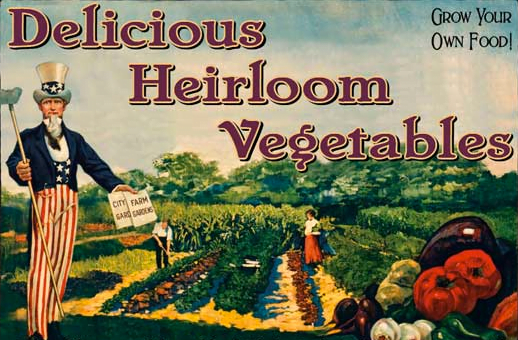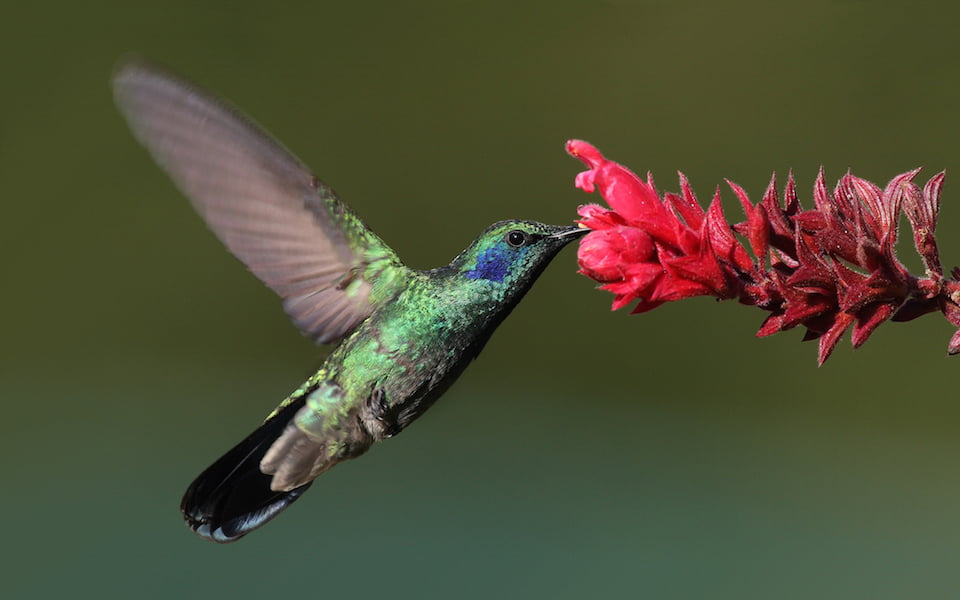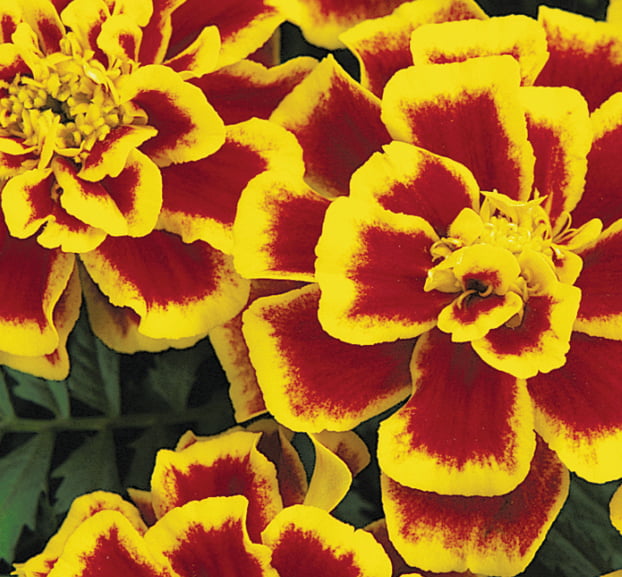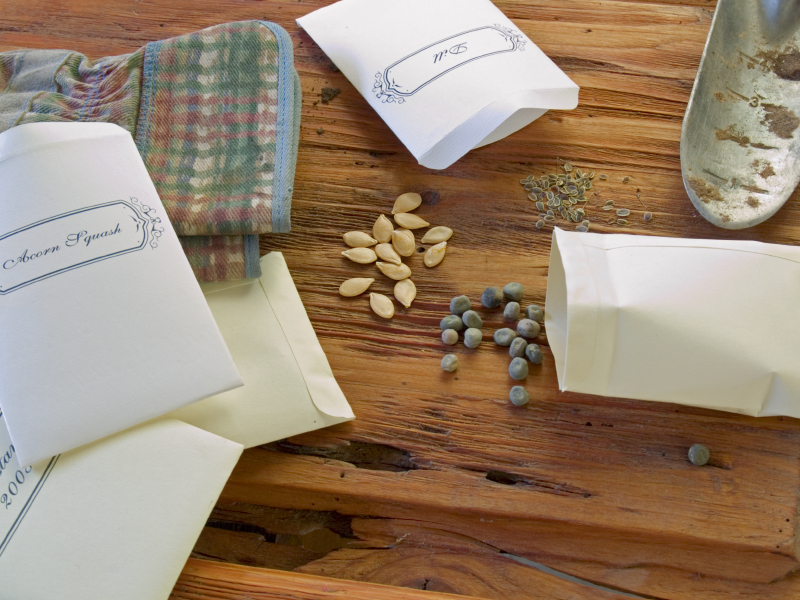Have you ever wondered what the difference is between heirloom and hybrids seeds? Gardening terminology can be very confusing and sometimes all these term just make your head spin and you wonder what in the world is everyone talking about. It is another language and so I am going to explain something about this secret language of gardeners. It is all about how plants reproduce through pollination, fertilisation and the creation of seeds.
 First, I’ll clear up the confusion between the terms ‘heirloom’ and ‘heritage’. Heritage is just another term for heirloom and means seeds that have been passed down from generation to generation or from family to family. The seeds are popular because they have one or more attributes that people like, such as great taste. Also the variety is often more than 100 years old and is no longer available from commercial seed suppliers. Heirloom seeds need to have provenance; that is, their history is documented by the Seed Savers network.
First, I’ll clear up the confusion between the terms ‘heirloom’ and ‘heritage’. Heritage is just another term for heirloom and means seeds that have been passed down from generation to generation or from family to family. The seeds are popular because they have one or more attributes that people like, such as great taste. Also the variety is often more than 100 years old and is no longer available from commercial seed suppliers. Heirloom seeds need to have provenance; that is, their history is documented by the Seed Savers network.

Green Zebra heirloom tomatoes
A very important fact about heirloom seeds is that they are ‘open pollinated’, opposed to ‘closed pollinated’. Open pollinated means that the pollen is transferred by wind, water, bees, insects, animals and birds, as you find when growing pumpkins or sweet corn. This method creates great genetic diversity. Closed pollinated plants are plants that are able to fertilise themselves (self pollination) before the petals of the flowers open, such as beans and lettuce. While the flower is closed the anther (where the pollen is) rubs against the stigma (female part) and transfers the pollen. So closed pollinated plants aren’t as genetically diverse as open pollinated.
 All heirloom varieties are open pollinated and very promiscuous. They will accept pollen from any plant of the same species and thus a new strain is developed. The way to prevent open pollinated plants becoming contaminated is to hand fertilise them yourself and then isolate the flower by putting a paper bag over it and securing it. If you pollinate using this method, then the offspring will be as same as the parent plant and this is known as ‘true to type’.
All heirloom varieties are open pollinated and very promiscuous. They will accept pollen from any plant of the same species and thus a new strain is developed. The way to prevent open pollinated plants becoming contaminated is to hand fertilise them yourself and then isolate the flower by putting a paper bag over it and securing it. If you pollinate using this method, then the offspring will be as same as the parent plant and this is known as ‘true to type’.

Marigold Durango Bee F1 hybrid
Hybrid seeds on the other hand are produced by the commercial seed companies. They are developed by plant breeders and are known as F1 hybrids. There are two plants called parents which have been selected because there is something the breeders like about each, such as strong disease resistance or an unusual flower colour. The breeders hand pollinate the flowers and wait to see what the offspring turns out like. They will have many good qualities like larger flowers and earlier ripening but they are what we call ‘not true to type’ which means if you plant seed you have collected from them, you are not guaranteed to get exactly the same plant as the one you bought. Very often they revert back to one of their parents. Hybrid snap dragons are notorious for this. For example you buy some red flowering snap dragons which you let set seed and then discover that in the next generation, the flowers are yellow. Which is often a nice surprise, except if you are working to a colour theme.

Saving seeds
It is important that we preserve our heritage/heirloom seeds as they are the source of our modern seeds. If we lose our open pollinated seeds our food security will be at risk. So saving the original seeds is very important. But as a home gardener, I don’t have a preference either way. I like to try the older varieties, but I am also happy to buy seedlings that come from F1 hybrid seeds. It is personal preference and I will leave you to make your own mind up.
Note: An heirloom variety must be open-pollinated, but not all open-pollinated plants are heirlooms.
 The Australian name for the seed saving organization is Seed Savers Network but it is known in other countries as the Seed Savers Exchange. You can learn more about the Seed Savers Exchange in the video.
The Australian name for the seed saving organization is Seed Savers Network but it is known in other countries as the Seed Savers Exchange. You can learn more about the Seed Savers Exchange in the video.
